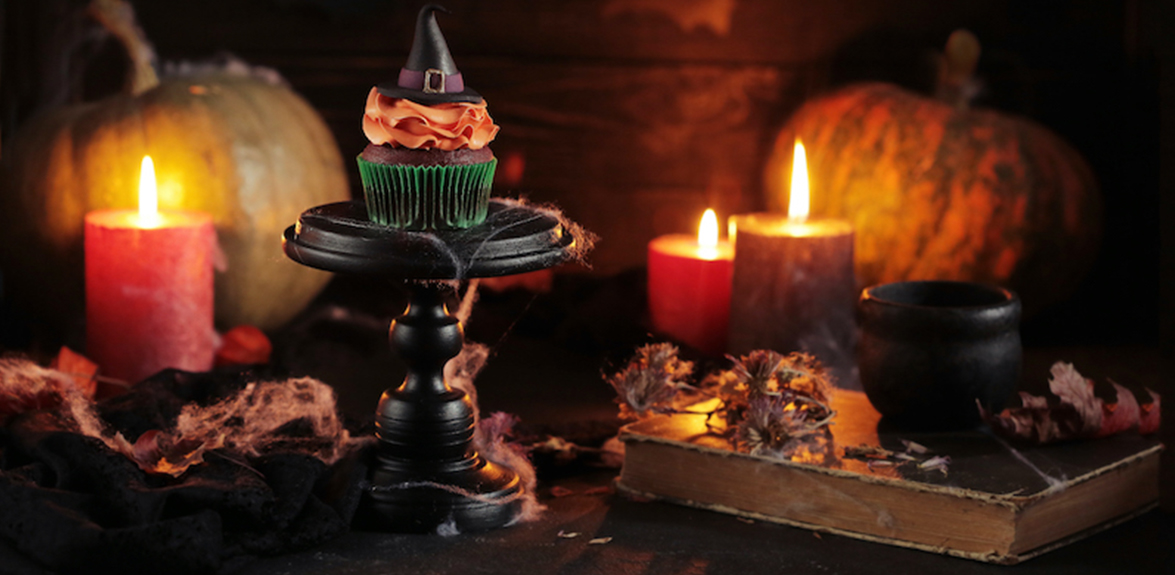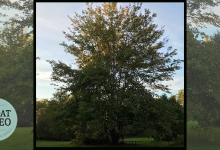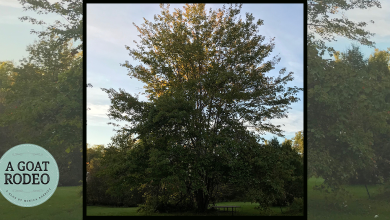Blogs
Did you know? Facts about Halloween
The spookiest night of the year, Halloween is undoubtedly, one of the most popular and beloved celebrations in North America.
Each year, the 31st of October is a day of fun activities such as children’s trick-or-treating, carving pumpkins, creatively decorating houses, festive gatherings, wearing scary costumes, and eating treats.
But did you know that Halloween is also a boom to the retail industry?
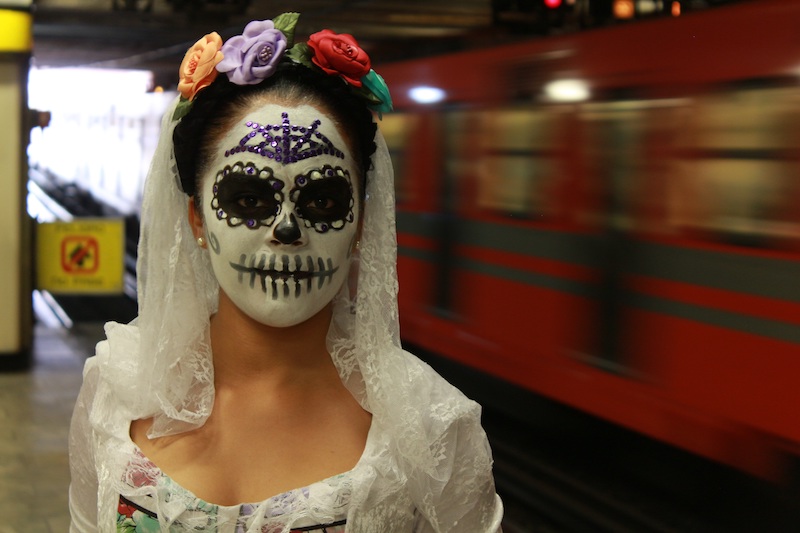
In, 2023 it is estimated that Halloween retail spending in the U.S. was $12.2 billion, making it the second-largest commercial holiday after Christmas.
People spent $4.1 billion on costumes, and candy sales was one-quarter of all the sweets sold annually.
Also, over the years, pet costumes have become more popular every year, especially among millennials. They were bought by twenty percent of the people in 2018, up from sixteen percent in 2017.
One of the reasons for Halloween’s popularity is that it’s an affordable holiday, as well. It doesn’t cost as much as Christmas or Thanksgiving, and it provides a lot of fun, which means the people are inclined to spend money on something that offers a lot of value.
The Origins of Halloween
Halloween’s history dates back to over 2,000 years ago, when the Celts living in the area that is now Ireland, the U.K., and northern France, celebrated their new year on November 1st.
The day was considered the end of the harvest and the summer, and the beginning of the cold winter, a time of year often associated with death.
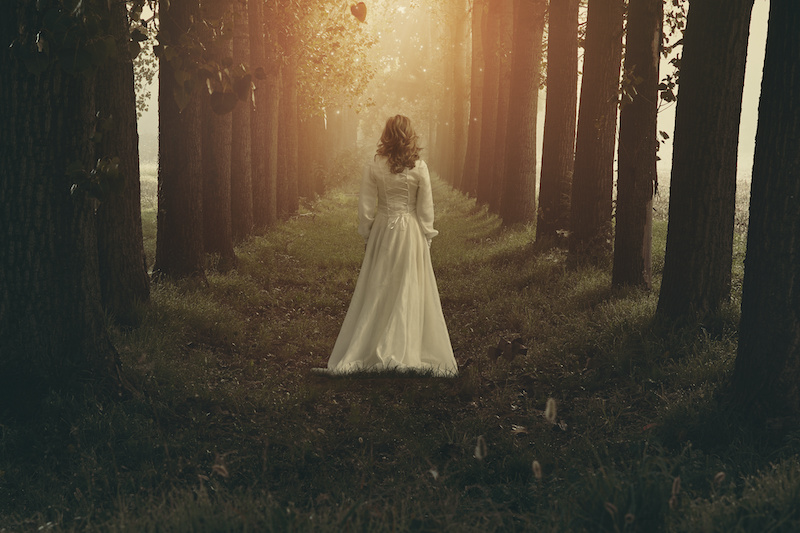
The night before, on October 31st, the Celts celebrated Samhain. They believed that the boundary between the worlds of the living and the dead became foggy and blurred, and the ghosts of the dead returned to earth.
People wore costumes, typically consisting of animal heads and skins, and built tall sacred bonfires, where they gathered to burn crops and animals as sacrifices to the Celtic gods.
As time marched on, during the 400-year rule of the Roman Empire over the Celtic lands, two festivals of Roman origin were combined with the celebration of Samhain: Feralia and Pomona.
The first, when the passing of the dead was commemorated, and the second was a day to honour Pomona, the Roman goddess of fruit and trees.

Pomona’s symbol is the apple, which probably explains the tradition of bobbing for apples or making and enjoying candy-apples during the Halloween season.
By the 10th century, with Christianity’s influence spreading into Celtic lands, the church made November 2nd, All Souls’ Day, a day to honour the dead. Its purpose was to replace the Celtic festival with a related, church-sanctioned holiday.
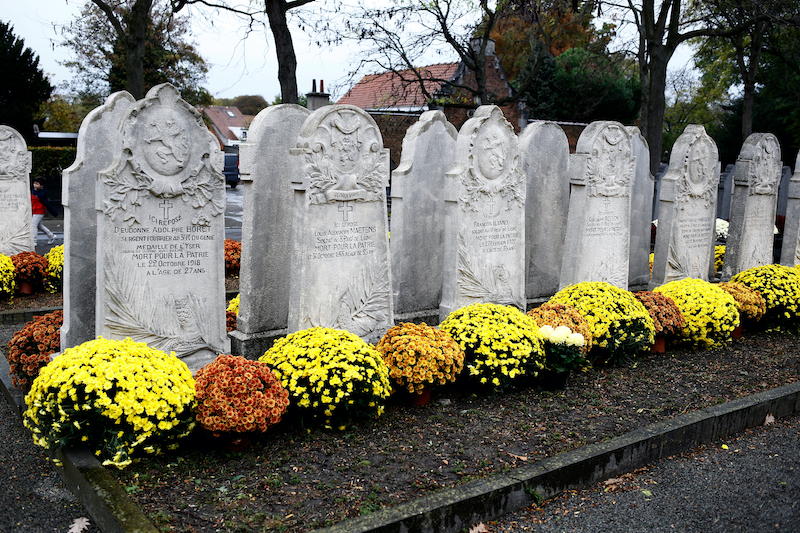
The All Souls’ Day celebration was also called All-hallowmas (from Alholowmesse meaning All Saints’ Day) or All-hallows. The night before it, the traditional night of Samhain in the Celtic religion, began to be called All-Hallows Eve and, eventually, Halloween.
A few centuries later, between 1845-1851, as Ireland faced a potato crop disease that led to starvation, many Irish and Scottish immigrated to North America. The Irish and Scottish helped to popularize the celebration of Halloween.
Halloween Today
By the late 19th century, Halloween was already molded into an autumn fun holiday, more about community and happy get-togethers, rather than about ghosts and pranks.
Parties filled with games, carving pumpkins, trick-or-treating, foods of the season, and festive costumes, for both the children and the adults, soon became the most common way to celebrate the day.
Also, due to the efforts made by the newspapers, the community and church leaders, etc. encouraging the people to take anything “frightening” or “grotesque” out of the celebration, by the beginning of the twentieth century, Halloween lost most of its superstitious and religious connotations.
Today, around the world, we come across many versions of Halloween celebrations, some detailed below:
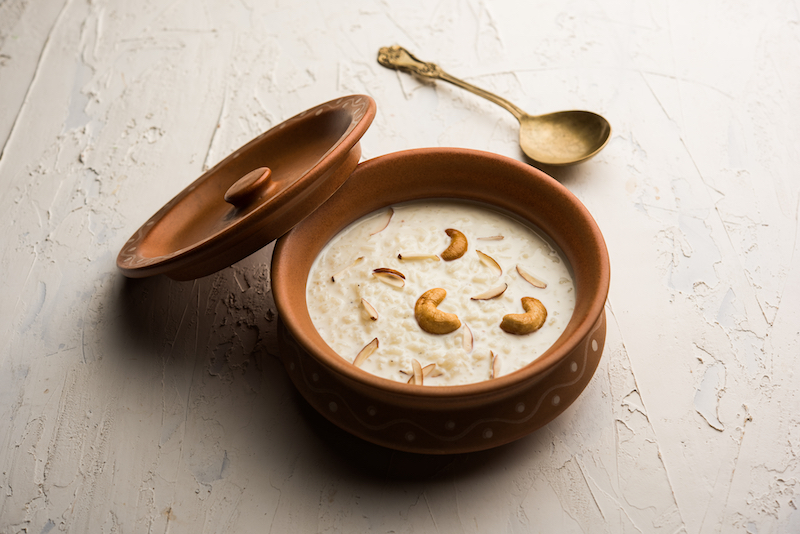
India
In India, during sixteen days of September, on the second Paksha of the Hindu lunar month of Bhadrapada, many people celebrate Pitru Paksha.
In the Hindu religion, it is believed that when a person dies, Yama, the Hindu god of death, takes his or her soul to the purgatory, where they’ll find their last three generations of a family. During Pitru Paksha, it is said that the souls are allowed to return to earth for a short time and be with their families.
Also, in order to ensure their family’s place in the afterlife, one must perform a “homa” fire ritual named Shraddha. If the ritual isn’t performed, the soul will wander the Earth for eternity.
While celebrating, the families offer the dead food such as kheer (sweet rice and milk), lapsi (a sweet porridge), rice, and pumpkins cooked in silver or copper pots and served on banana leaves.
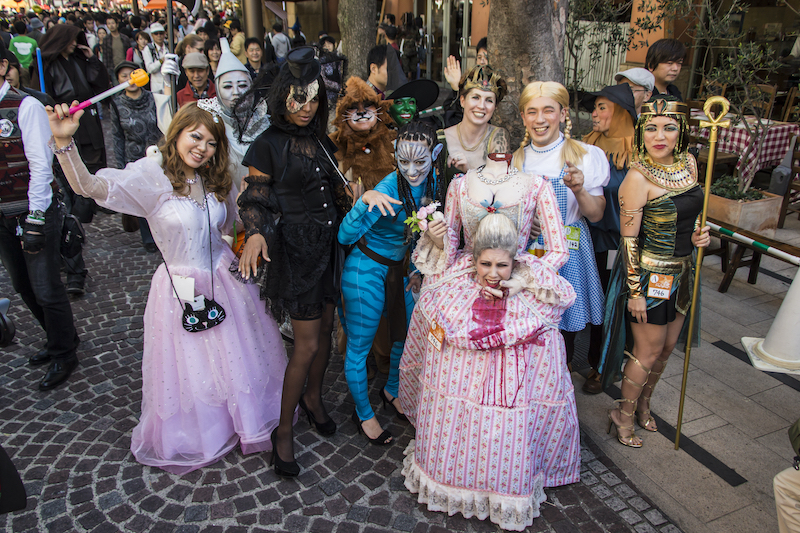
Japan
In Kawasaki, just outside Tokyo, at the end of every October, for the past 21 years, nearly 4000 costumed Halloween enthusiasts from all around the world, dressed as everything from a Chanel handbag to a Samsung Galaxy phone, have gathered for the Kawasaki Halloween Parade.
It’s the biggest parade of its kind in the Tokyo area and Japan, and organizers say that thousands of participants dress up in their finest fright-wear.
However, not everyone can simply join in the festivities, as the Parade has strict guidelines and standards, so you have to apply for entry two months before the parade begins.
Every year, the attendance is around 120,000 spectators. However, the parade was held online due to COVID-19 this year.
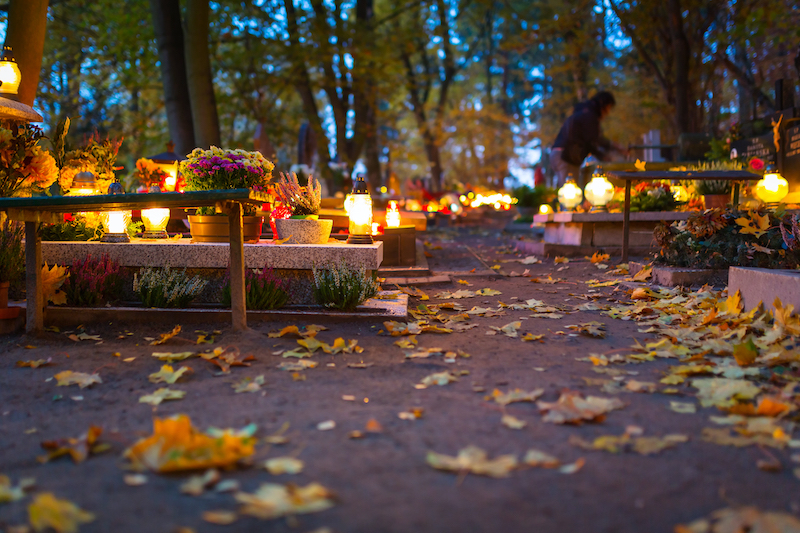
Italy
The All Saints’ Day in Italy, better known as Festa di Ognissanti, is a national holiday celebrated on the 1st of November. The festivities usually begin a couple of days before, when people start leaving fresh flowers, generally, chrysanthemums, on the graves of the dearly departed relatives, as well as strangers, turning the country’s cemeteries into a beautiful display of colours.
Also, the holiday is a day to celebrate anyone who is named after saints. Some Italian families exchange gifts to celebrate this. Italians also pay tribute to the departed by putting a red candle in the window at sunset and set a place at the table for those spirits they hope will pay a visit.
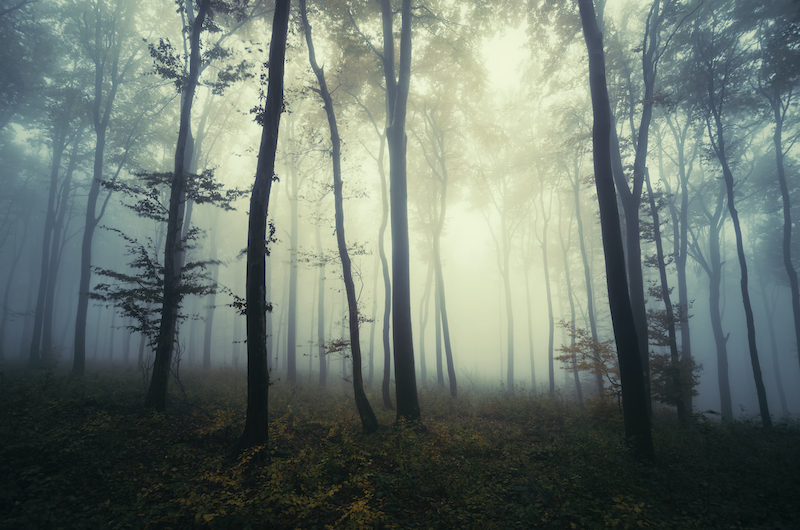
Romania
Over the years, countless numbers of fearless tourists travel to Transylvania to celebrate Halloween with costume parties, story-telling, and actors playing out Dracula inspired scenes. The most popular place is the Gothic fairy-tale castle Bran, often associated with 15th century Prince Vlad Tepes, the inspiration for Bram Stoker’s Dracula.
While some Romanians observe Halloween on October 31st, St Andrew’s Night (November 30th) is when the garlic is brought out as a form of protection against ghosts, or a special type of salty bread is served in the hope of dreaming of your future spouse. These are traditional superstitious acts of fun that are still practiced today.
It is not common for Romanians to trick or treat, decorate their house in a spooky way or carve pumpkins. However, home-made pumpkin pie is a very popular dessert during its season.
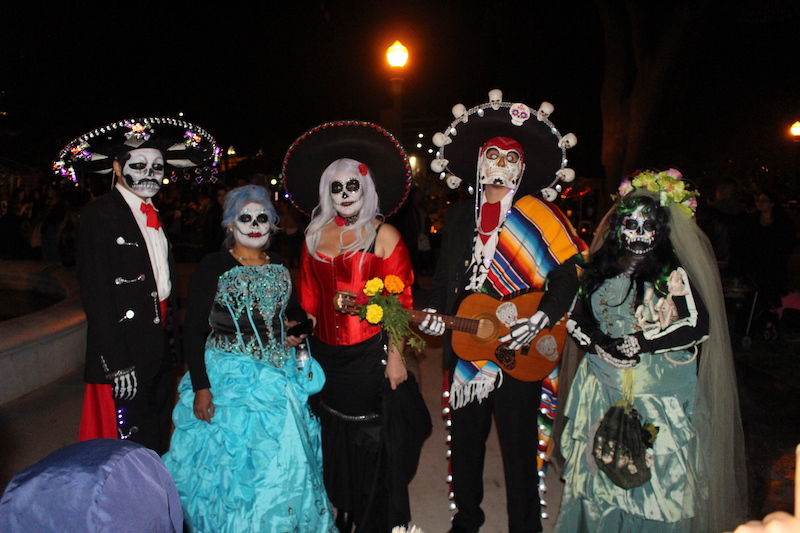
Mexico
In Mexico, Latin America, and Spain, All Souls’ Day or El Día de Muertos begins on the evening of October 31st and is commemorated with a three-day celebration. It’s a joyful festivity for families and the community designed to honour and remember the dead who is believed, return to their earthly homes on Halloween. On the 1st of November, the children, and the next day, the adults.
Traditional “ofrendas” or altars are built. They vary depending on the village and the regional traditions. Some elements of the altars are:
- the flower of the dead called Cempasúchil or Marigold, which perfume and colour guides the loved ones back home;
- the lantern or candle hanged above the altar is considered a guiding light so that the dead can find their way home;
- salt is usually placed on a plate. It is believed salt stops the souls of the deceased from being corrupted by earthly temptations.
On November 2nd, the relatives gather at the gravesite to picnic and reminisce. The cemeteries are filled with candles, marigolds, incense, laughter, music, food (ex. pan de muerto – the bread of the dead), and even tequila.
During Dia de Muertos, in some regions of Mexico, the families spend a full day in the cemetery.


